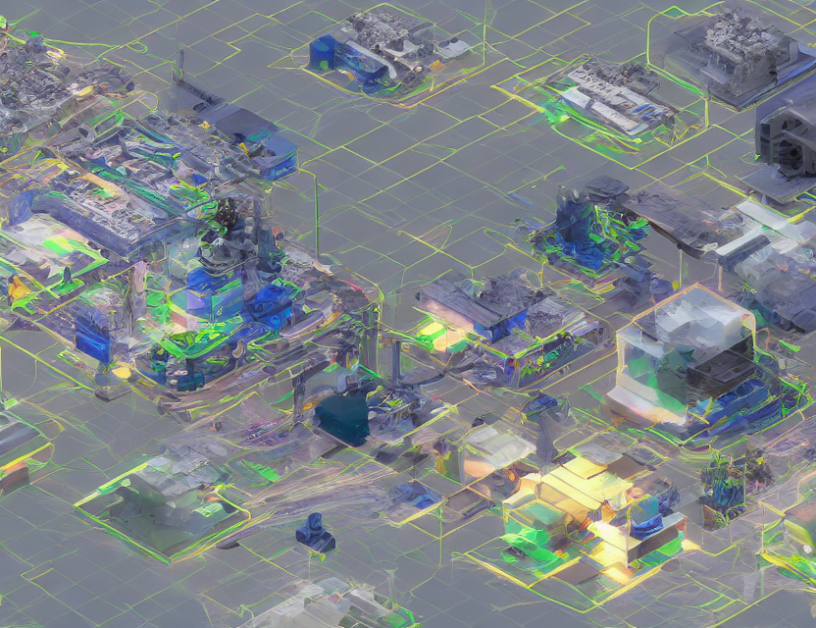In this article, the authors explore a new approach to training deep neural networks called 16-bit precision training. This method allows for more efficient use of memory and computational resources, making it possible to train larger and more complex models than ever before. The authors demonstrate that by reducing the precision of the model’s weights from 32 bits to 16 bits, they can halve the memory requirement per parameter without sacrificing accuracy.
Imagine you have a big box full of toys, each toy representing a single weight in a neural network. With 32-bit precision, each toy is labeled with a specific color, size, and shape. However, this means that the box can only hold so many toys before it becomes too heavy and difficult to manage. Now imagine if you could shrink each toy down to half its original size without changing its color or shape. This would allow you to fit more toys in the same sized box, making it easier to organize and manage them.
That’s essentially what 16-bit precision training does for neural networks. By reducing the precision of each weight from 32 bits to 16 bits, the authors can fit more weights in the same amount of memory, allowing for larger and more complex models to be trained. This approach also leads to faster computational times, making it easier to iterate and refine the model during training.
The authors demonstrate that this approach is not only efficient but also accurate, meaning that the quality of the model is not compromised by reducing precision. They show that 16-bit precision training can be applied to pre-trained models and even allow for the training of larger models than before. This opens up new possibilities for machine learning research and practical applications in areas such as computer vision, natural language processing, and more.
In summary, 16-bit precision training offers a powerful tool for scaling up deep neural network training to larger and more complex models without sacrificing accuracy or efficiency. By demystifying this approach and showing its potential, the authors hope to inspire further exploration and innovation in the field of machine learning.
Computer Science, Machine Learning
Deep Learning Efficiency: Unlocking Sustainable Advancements with 16-Bit Precision Training



